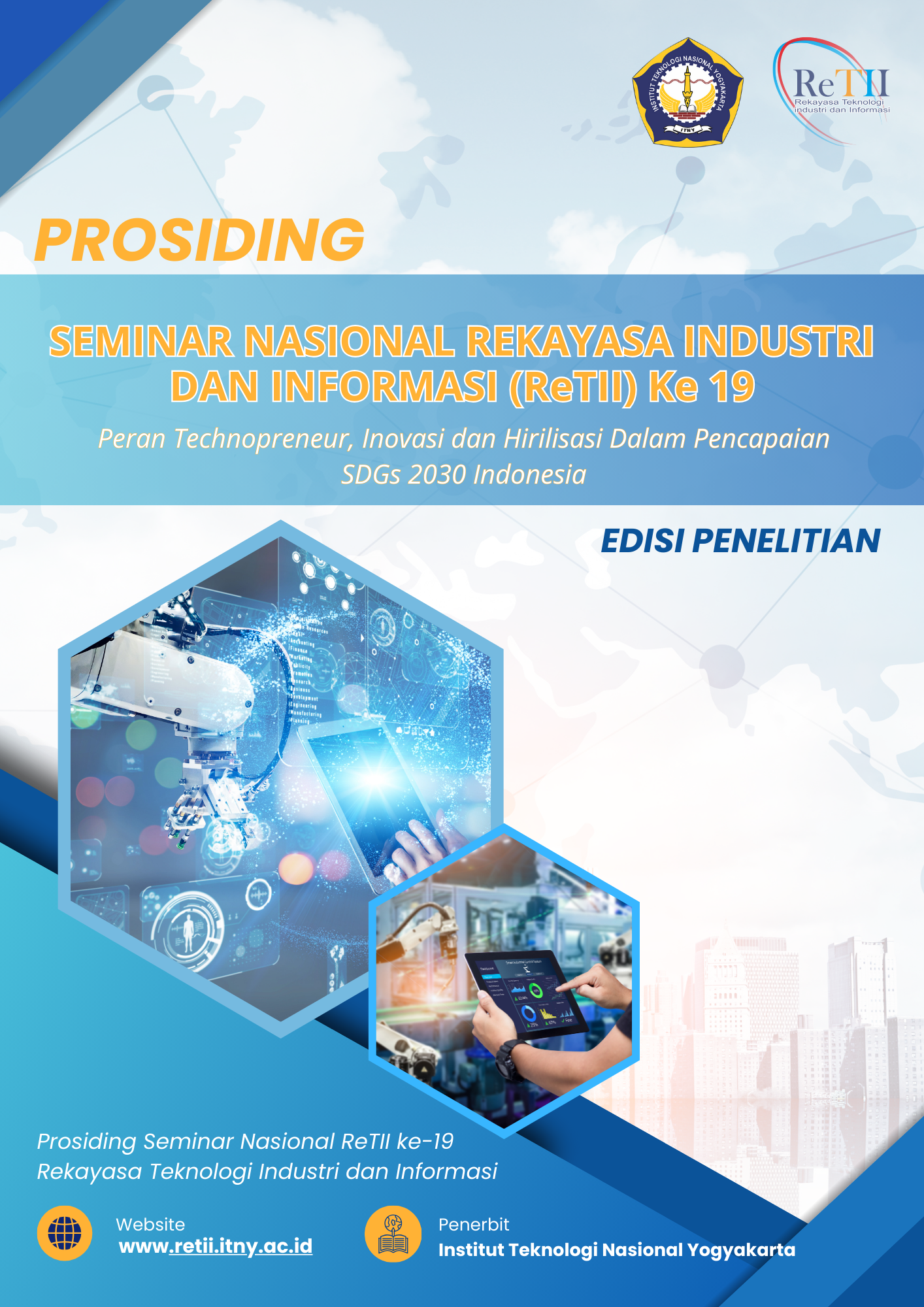Implementation of the Internet of Things (IoT) in the nurse call system in hospitals (Nurse Call)
Keywords:
ESP8266, System call, MQTT, HospitalAbstract
Hospitals are public facilities that are very much needed by the community. As technology advances, hospital facilities also develop with the presence of increasingly advanced technology. This study aims to develop and implement an Internet of Things (IoT)-based nurse calling system in hospitals using Message Queuing Telemetry Transport (MQTT) technology and the ESP8266 microcontroller. IoT is a concept that allows various devices to connect and communicate with each other via the internet, thus facilitating real-time data exchange without human interaction. This system allows patients to call nurses in real-time through devices connected to a Wi-Fi network. Messages sent from devices in each patient's room are forwarded to the MQTT server, which then sends notifications to the nurse application. Testing was carried out to measure the latency, reliability, and power consumption of the system. From the results of 100 experiments, the average latency obtained varied depending on the distance between the ESP8266 device and the Access Point, with the lowest average latency of 26.72 ms at a distance of 15 meters, and the maximum latency reaching 2897 ms at a distance of 20 meters. The system demonstrated 100% reliability, with no packet loss during testing. In terms of power efficiency, the device consumes only 0.35 watts, making it energy efficient and suitable for long-term implementation in hospital environments. With acceptable latency and high reliability, the system is expected to improve nurses’ response time to patients, as well as provide an efficient and reliable communication solution in hospitals.
References
Chrisyantar Hasiholan, Rakhmadhany Primananda. Implementasi Konsep Internet of Thingspada Sistem Monitoring Banjir menggunakan Protokol MQTT. 2018; 2(12):6128-6135
Bandyopadhyay, S. & Bhattacharyya, A.2013. Lightweight Internet Protocols for Web Enablement of Sensors using Constrained Gateway Devices. International Conference on Computing, Networking and Communications, Workshops Cyber Physical System, 28-31 January, San Diego, US. 334-340.
Hudan Abdur Rochman, Rakhmadhany Primananda. Sistem Kendali Berbasis Mikrokontroler Menggunakan Protokol MQTT pada Smarthome. 2017; 1(6):445-455
I Kadek Yogi Kurniawan, I Gede Andika. Analisis Quality of Service Protokol MQTT, HTTP, dan CoAP dalam Pengiriman Data ke Thingsboard. 2024; 9(1):49-56
Fitria Ningsih, Jaka Prayudha. Alat Pemanggil Suster Berdasarkan Kamar Pasien Rumah Sakit Umum Berbasis IoT. 2024; 2(5):278-285
Lucky Nurfiqin, Zamah Sari. Analisis Quality of Service (QoS) Protokol MQTT dan HTTP Pada Sistem Smart Metering Arus Listrik. 2021; 3(1):121-130
Xing, J., 2016. Study on Remote Wireless Smart Pot System Based on ZIGBEE+MQTT. Int. J. Future Gener. Commun. Netw. 9, 1–8
Masdukil Makruf, Ainiyatus Sholehah. Implementasi Wireless Sensor Network (WSN) untuk Monitoring Smart Farming pada Tanaman Hidroponik Menggunakan Mikrokontroller Wemos D1 Mini. 2019; 2(2):95-102
Saeful Anwar1, Abdurrohman. PEMANFAATAN TEKNOLOGI INTERNET OF THINGS UNTUK MONITORING TAMBAK UDANG VANAME BERBASIS SMARTPHONE ANDROID MENGGUNAKAN NODEMCU WEMOS D1 MINI. 2020; 5(2):77-83
Downloads
Published
How to Cite
Issue
Section
License
Prosiding ini memberikan akses terbuka langsung ke isinya dengan prinsip bahwa membuat penelitian tersedia secara gratis untuk publik mendukung pertukaran pengetahuan global yang lebih besar.
Semua artikel yang diterbitkan Open Access akan segera dan secara permanen gratis untuk dibaca dan diunduh semua orang.


